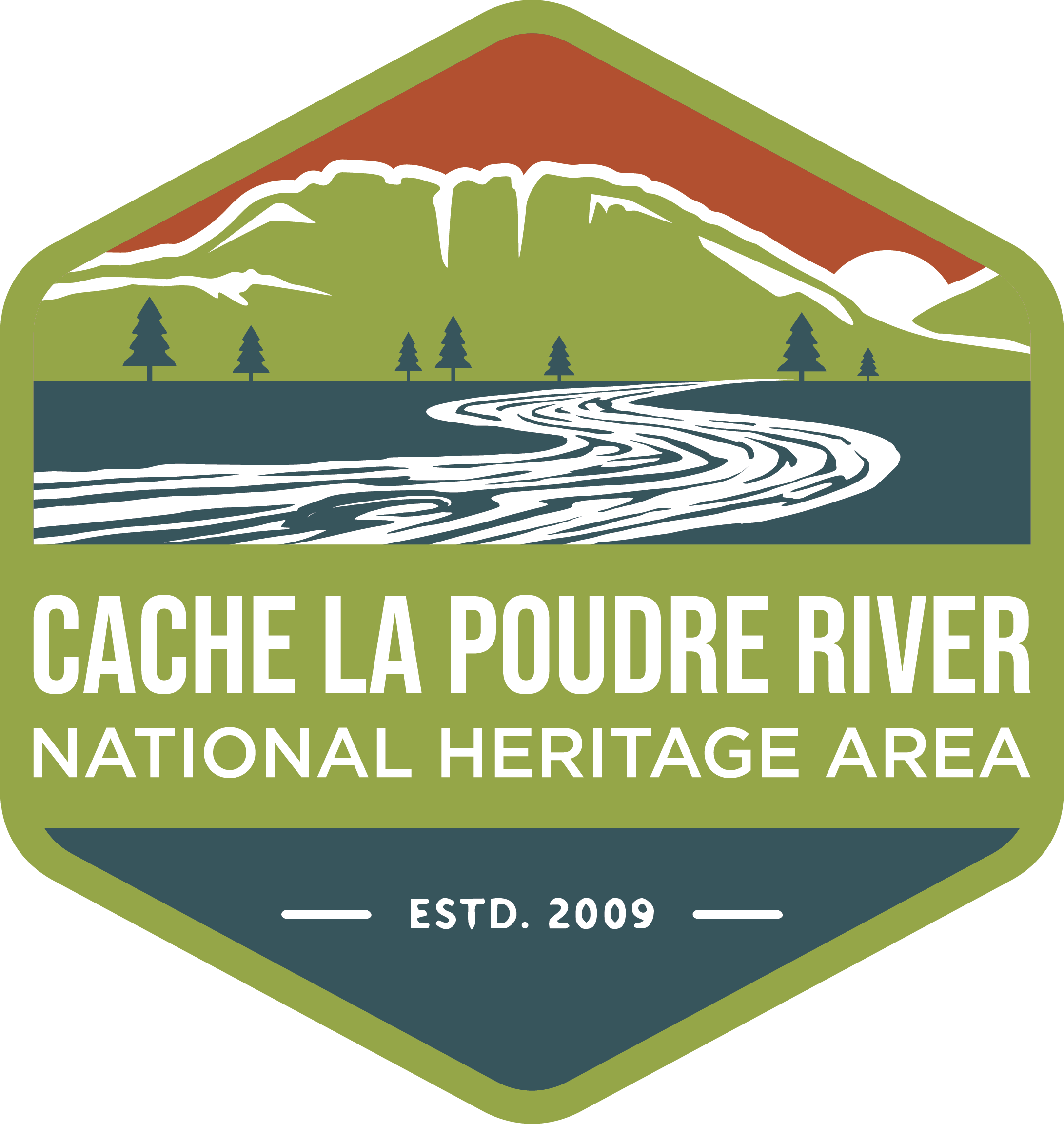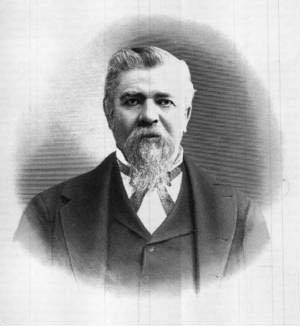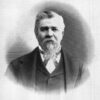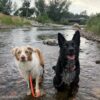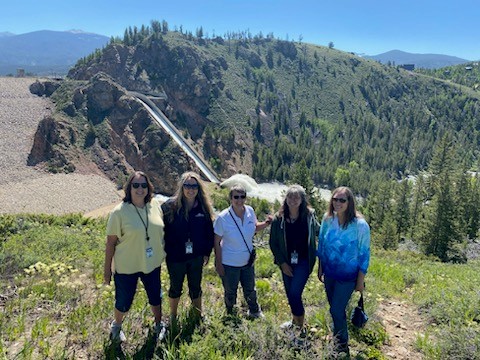
Alyssa Alpe has been a student of history her whole life. It started in her early years where she grew up driving by Windy Gap reservoir, listening to her mother, a former Colorado State University Extension Agent on the North Platte Basin Round table in Jackson County, say that water was THE issue in Colorado.
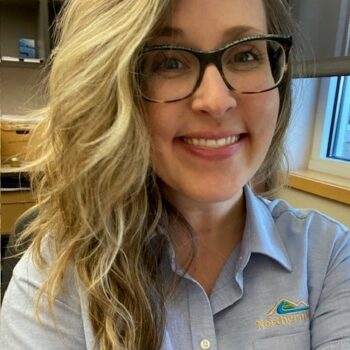
When she started college, everyone questioned Alpe’s decision to pursue a history degree, unsure of the careers available for historians. But Alpe knew she, “loved researching in the archives to piece together a narrative that interpreted the story of the past,” and that passion would lend itself to her career somehow.
After graduate school, Alpe landed a job at a law firm where she discovered the world of records management, a profession focused on understanding records and making them accessible to others to tell a story or research an issue.
“It’s about being a ‘knowledge keeper’ and finding a way to communicate that knowledge to others,” Alpe said.
In 2015, Alpe was hired as a Records Data Analyst for Northern Water. Alpe has been with Northern Water for eight and a half years now and she has advanced in her career to the Records & Administrative Services Manager.
In the day-to-day, Alpe balances the managerial and Board of Director support roles along with the records and information management program. She can be found figuring out the best way to collect and store records, researching any number of topics like the origins of the Colorado-Big Thompson Project, or making plans for archival projects like digitizing collections to make them accessible. In the future, she hopes to add another job to her plate to work with the communications team to develop the public history components of their website.
“You have to have a bit of background on many issues,” Alpe said. “You don’t have to know everything, but you have to know a little bit about a lot.”
Q&A with Alyssa Alpe

Q: What do you enjoy most about working with/studying water?
“The fact that it’s a constant state of learning. I don’t feel that you ever get to a point where you know everything about water because there is so much to learn. You’re constantly learning and that’s my favorite part.”
Q: What is the most challenging aspect of your job?
“It’s a challenge to keep up with the complexities of managing water in the United States and in our region. There’s been a real transition in terms of the institutional knowledge of folks that have retired during COVID-19 and moved onto different spaces of life. Transmitting that knowledge down the line to the next generation is a constant evolution. My hope is that through records and information management, that knowledge is accessible to our future selves 25 years down the line.”
Q: What has your experience so far been like being a woman in this line of work?
“Northern Water has modernized a lot since I started in terms of more diversity and women into this space. That’s been really encouraging to see. And I think further down the road we will have more and more of that. We have women in leadership roles across the organization which has been a shift from when I started 8 years ago. So, there is a legacy being built by women in these spaces that have historically been male dominated, and their voices will be preserved in our records for the future.”
Q: What’s a project you have worked on in this field that you are most proud of?
“When I first started with Northern Water, our former public information officer was working with a historian over at UNC, Michael Welsh, and he was writing a book along with the recently passed, former Colorado Supreme Court Justice, Greg Hobbs, who wrote prolifically about water in the west. They were working on the book Confluence: The Story of Greeley Water. We were able to dig into our records and give Michael these old newspaper clippings. He really appreciated that because we were able to give him pieces of information that contributed to this big project about the story of water in Greeley. I really loved that project because I got to work with Justice Hobbs before he passed and Michael Welsh as a historian.”
Q: What or who has been an inspiration to you throughout your work experience?
“My number one mentor in all my life has been a former professor of mine, Heather Thiessen-Reily. She is a professor of history at Western Colorado University in Gunnison. She has done a lot of work with the National Park Service, working on public history projects. She has always been my inspiration because she is so driven. I am still connected with her, and she’s been a valuable person that I still go to if I have questions about something.”
Q: What is something you have learned about the water industry that you didn’t know before you started your role?
“It’s been hard for me to fully comprehend the prior appropriation system and how water is allocated because it is very complex. But it is also fundamental because it’s how we get water to our taps. I did not come into my role with Northern Water with a background in water. It’s been an evolution of learning and that’s the system that has been the most complex for me to learn, especially in terms of keeping the records and indexing with the appropriate terminology to be able to track back the history.”
Q: What advice would you give to other women that may want to get into this type of work?
“Be open to anything. You don’t know how that job will evolve. I didn’t think I would get into water when I left grad school and landed at a law firm working in records. I was just trying to navigate life after college. Be open to opportunities because it may not happen overnight, but eventually you do end up navigating your career towards what you want to do. It can get a little discouraging when you are trying to wedge your career into one path, and it’s not working out. But I believe all those experiences come together to make a package that will land you where you need to be, especially if you’re knowledgeable and passionate about things. Ask questions. And always be open to learning.”
“The other part of it is to be engaged with the public agencies, community organizations, your town, and other communities in the region that you may not know anything about. Learn about the region and its many histories, particularly if you are looking to work in the water industry in Northern Colorado.”
